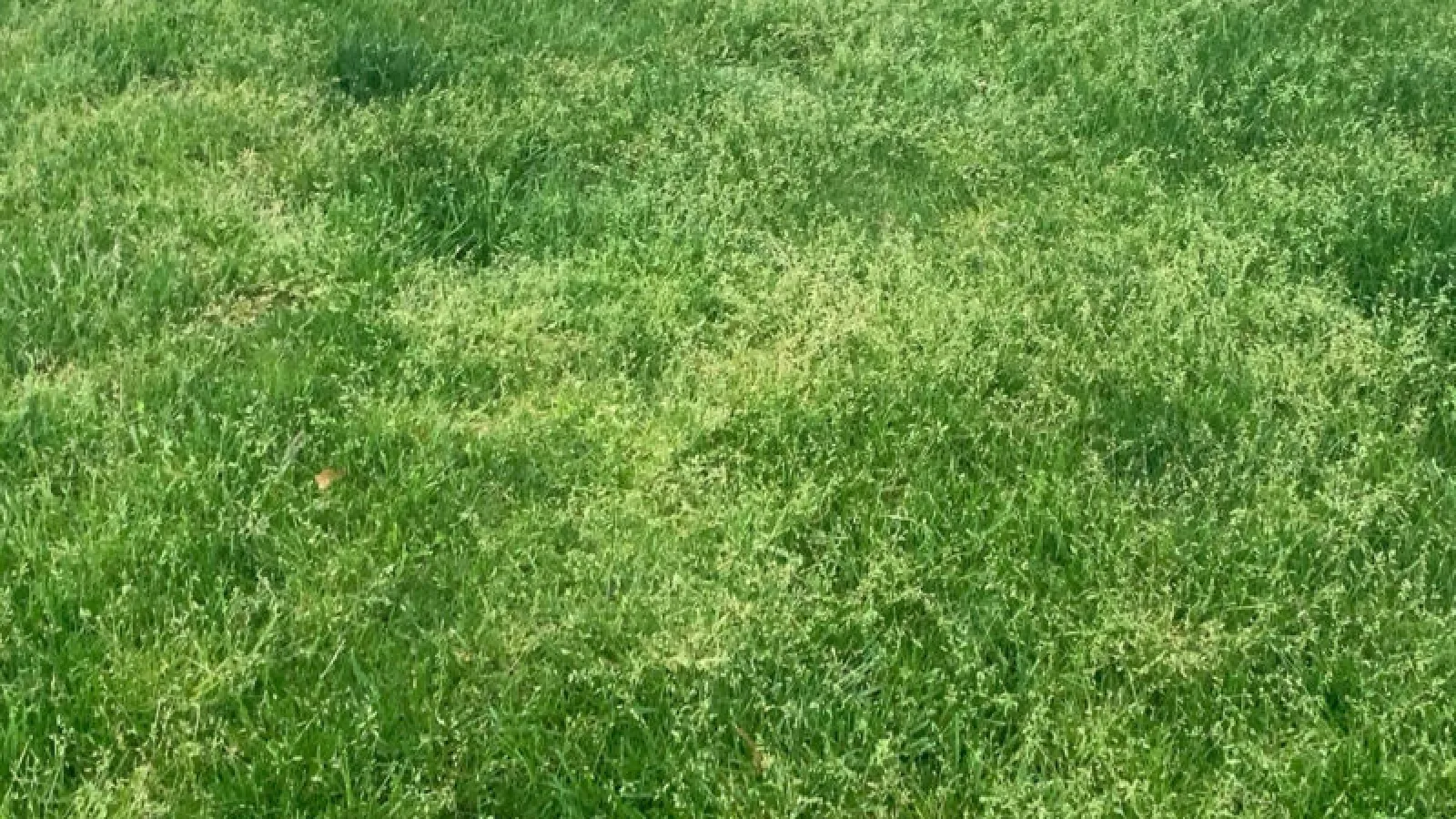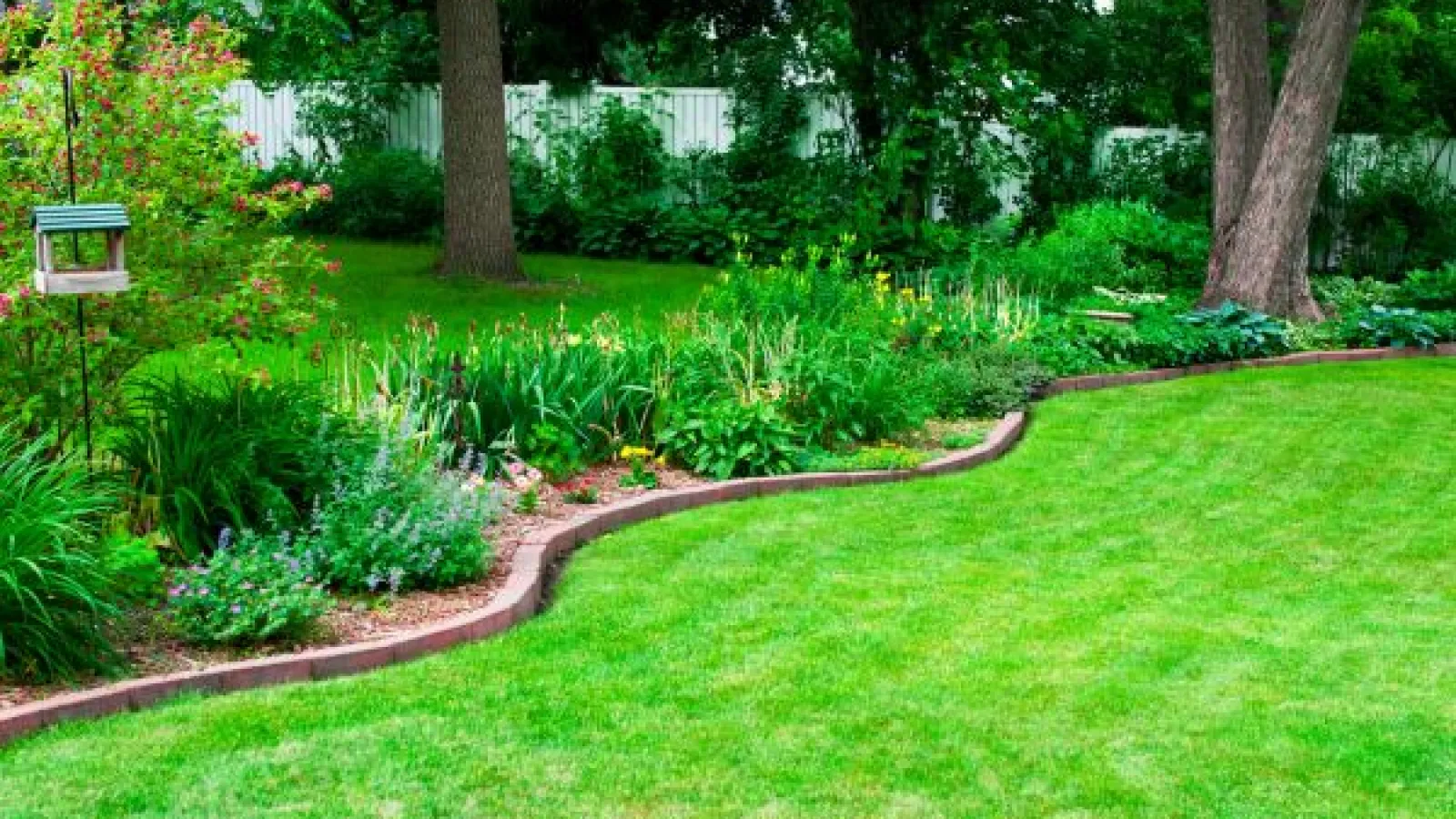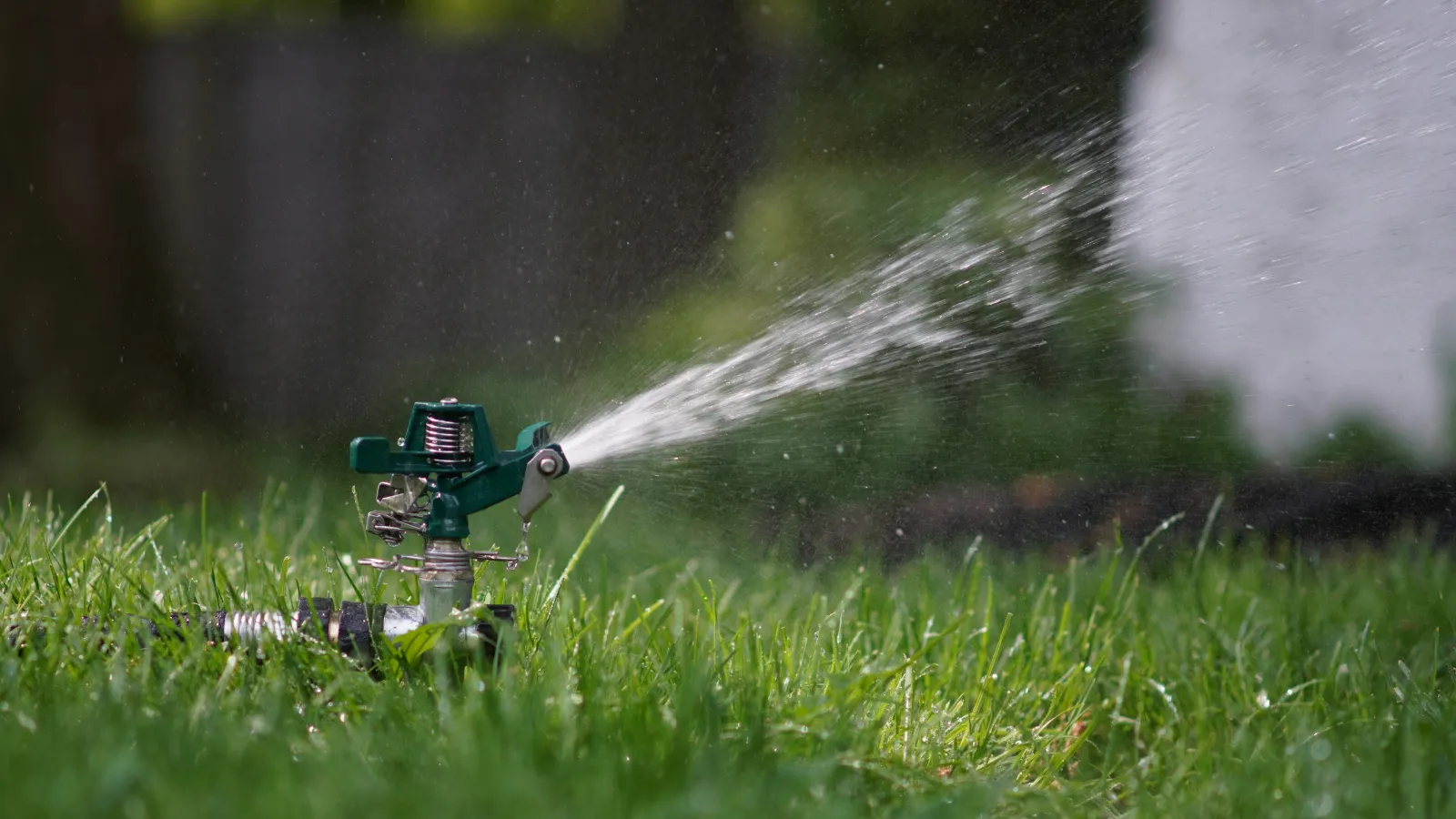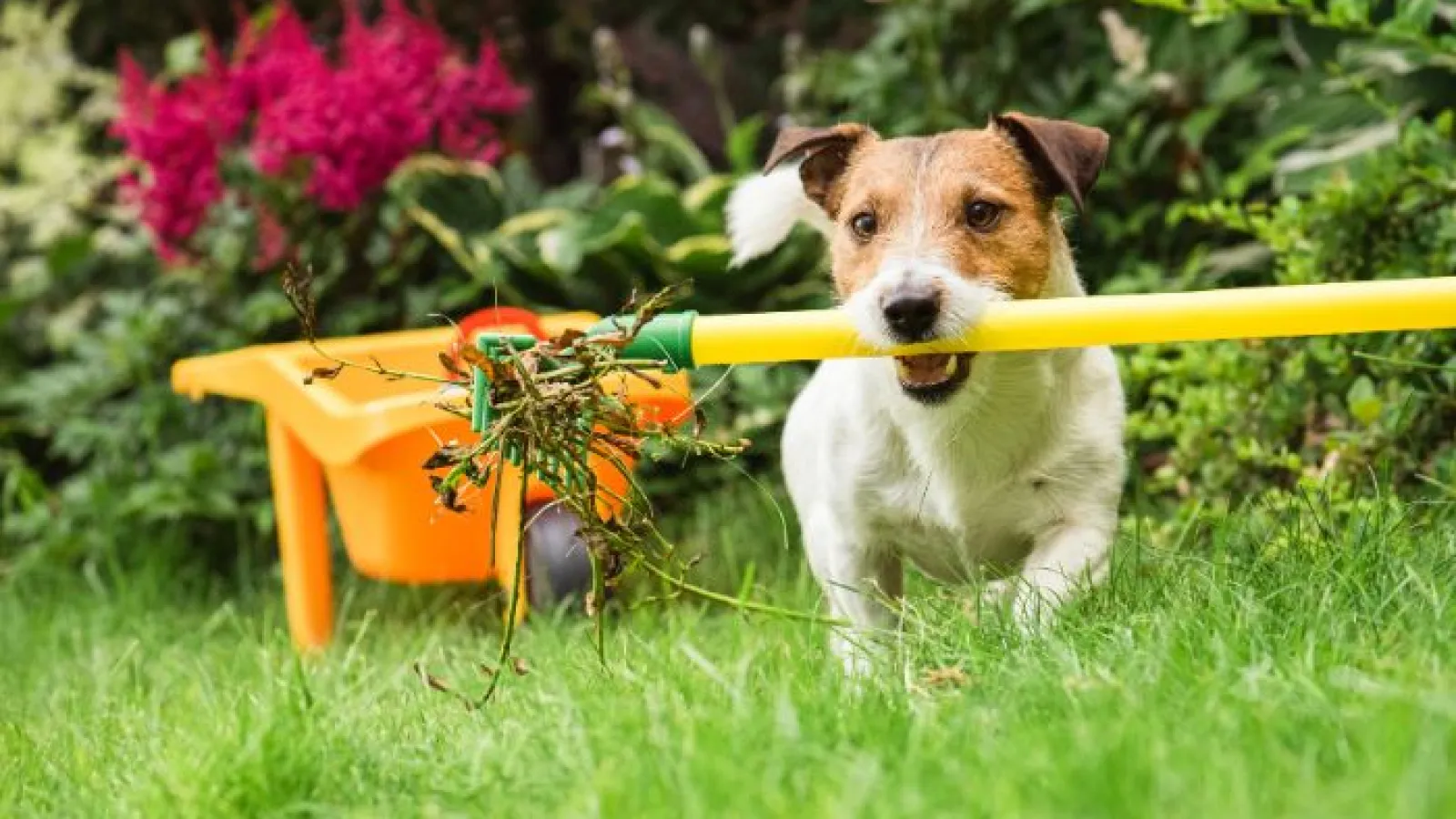
Not All Things Go Dormant In Winter
Not all things go dormant in the winter. Unfortunately, there are many common weeds that can make your lawn unsightly in the winter. If you're wondering how to best fight those pesky weeds in your lawn-well, it takes work. Not only do you have to worry about weed control, you have to mow at the proper height, water appropriately, aerate (and fertilize if you have Fescue) at the correct times. Much thought, preparation and tender loving care goes into a good looking lawn. Before you decide if you're ready to DIY your lawn, we'll share some information on common winter weeds.
Common Winter Weeds
As mentioned above, not everything goes dormant in the winter. Some weeds germinate in the fall and winter and rear their ugly heads beginning in the winter. Common winter weeds include:
- Poa Annua
- Henbit (often identified by its attractive purple flowers)
- Hairy bittercress
Poa Annua
Poa Annua, also called annual bluegrass, is one of the most common grassy weeds found in our area. It has a fairly weak and shallow root system and grows well in moist areas with full sunlight. Bountiful in seed production, poa Annua germinates in late summer or early fall and actively grows in the winter. Though it dies back in the heat of the summer, it can leave your lawn with unsightly, bare spots.
Henbit
Henbit is another common winter weed. It's commonly confused with purple deadnettle (Lamium purpureum)-both are in the mint family. Similar to poa Annua, it germinates in the fall, develops in early spring, and dies off in summer when the temperatures rise, but after setting seed. Henbit can grow during any period of warm weather that occurs in winter. So when we have several warm days in winter, you may see henbit pop up in your lawn. Though their reddish-purple flowers are pretty, without proper lawn care, henbit can take over a lawn.
Hairy Bittercress
Hairy bittercress, another common winter weed, has a similar life cycle to poa Annua and henbit. It springs from a basal rosette and has 3-9" long stems. Hairy bittercress prefers cool, moist soil and really flourishes after heavy spring rain. Although hairy bittercress can spread quickly, it will also die back fairly quickly as temperatures rise in the summer.

Photo credit: NC State Extension Office 
Photo credit: Jonathan Green 
Photo credit: Super Sod
Controlling Common Winter Weeds
The best measures to control these weeds include:
- Mow at a higher height
- Fertilize properly
- Apply pre-emergents (properly timed) and post-emergents
- Water properly
Your lawn can be a real eye sore if common winter annual weeds like poa Annua, henbit and hairy bittercress are present. And you really have to be on top of your game when it comes to keeping them under control. Your best defense for all weeds is a healthy and thick lawn. To learn more about professional lawn care for weed control by the experts at Turf Masters Lawn Care, contact us today. We even offer free quotes.
Photo credit of header image: Mission Green


